
Davao del Norte, officially the Province of Davao del Norte, is a province in the Philippines located in the Davao Region in Mindanao. Its capital and largest city is Tagum. The province also includes Samal Island to the south in Davao Gulf.

Davao de Oro, officially the Province of Davao de Oro, is a province in the Philippines located in the Davao Region in Mindanao. Its capital is Nabunturan. It used to be part of the province of Davao del Norte until it was made a separate province in 1998.

Mabini, officially the Municipality of Mabini, is a 1st class municipality in the province of Batangas, Philippines. According to the 2020 census, it has a population of 50,858 people.
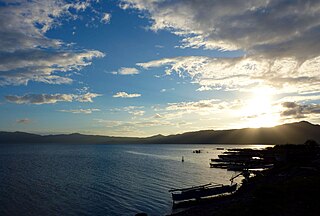
Mainit, officially the Municipality of Mainit, is a 4th class municipality in the province of Surigao del Norte, Philippines. According to the 2020 census, it has a population of 28,019 people.

Asuncion, officially the Municipality of Asuncion, is a 1st class municipality in the province of Davao del Norte, Philippines. According to the 2020 census, it has a population of 61,893 people.

Braulio E. Dujali, officially the Municipality of Braulio E. Dujali, or simply referred to as Dujali, is a 4th class municipality in the province of Davao del Norte, Philippines. According to the 2020 census, it has a population of 35,729 people.

Katipunan, officially the Municipality of Katipunan, is a 2nd class municipality in the province of Zamboanga del Norte, Philippines. According to the 2020 census, it has a population of 44,661 people.

Compostela, officially the Municipality of Compostela, is a 1st class municipality in the province of Davao de Oro, Philippines. According to the 2020 census, it has a population of 89,884 people.

Laak, officially the Municipality of Laak, is a 1st class municipality in the province of Davao de Oro, Philippines. According to the 2020 census, it has a population of 79,744 people.

Maco, officially the Municipality of Maco, is a 1st class municipality in the province of Davao de Oro, Philippines. According to the 2020 census, it has a population of 83,237 people.

Maragusan, officially the Municipality of Maragusan, is a 1st class municipality in the province of Davao de Oro, Philippines. According to the 2020 census, it has a population of 64,412 people.

Mawab, officially the Municipality of Mawab, is a 3rd class municipality in the province of Davao de Oro, Philippines. According to the 2020 census, it has a population of 39,631 people.

New Bataan, officially the Municipality of New Bataan, is a 1st class municipality in the province of Davao de Oro, Philippines. According to the 2020 census, it has a population of 51,466 people. Geraldford N. Balbin has been its mayor since July 2016.
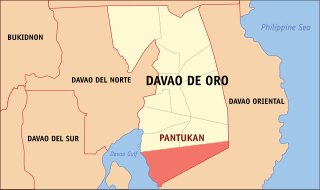
Pantukan, officially the Municipality of Pantukan, is a 1st class municipality in the province of Davao de Oro, Philippines. According to the 2020 census, it has a population of 90,786 people.
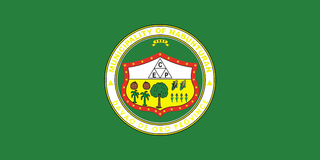
Nabunturan, officially the Municipality of Nabunturan, is a 1st class municipality and capital of the province of Davao de Oro, Philippines. According to the 2020 census, it has a population of 84,340 people.

Montevista, officially the Municipality of Montevista, is a 3rd class municipality in the province of Davao de Oro, Philippines. According to the 2020 census, it has a population of 46,558 people.
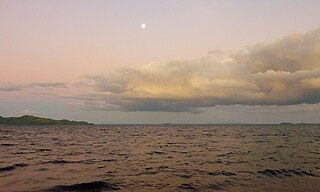
Placer, officially the Municipality of Placer, is a 4th class municipality in the province of Surigao del Norte, Philippines. According to the 2020 census, it has a population of 29,616 people.
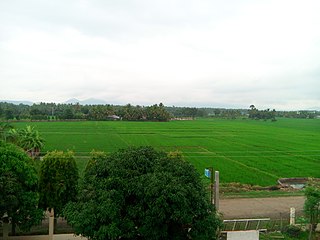
Magsaysay, officially the Municipality of Magsaysay, is a 3rd class municipality in the province of Davao del Sur, Philippines. According to the 2020 census, it has a population of 56,263 people.

Malalag, officially the Municipality of Malalag, is a 2nd class municipality in the province of Davao del Sur, Philippines. According to the 2020 census, it has a population of 40,158 people.

Manay, officially the Municipality of Manay, is a second class municipality in the province of Davao Oriental, Philippines. According to the 2020 census, it has a population of 39,572 people.























